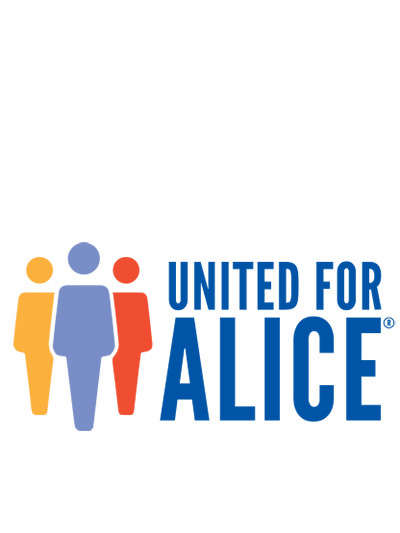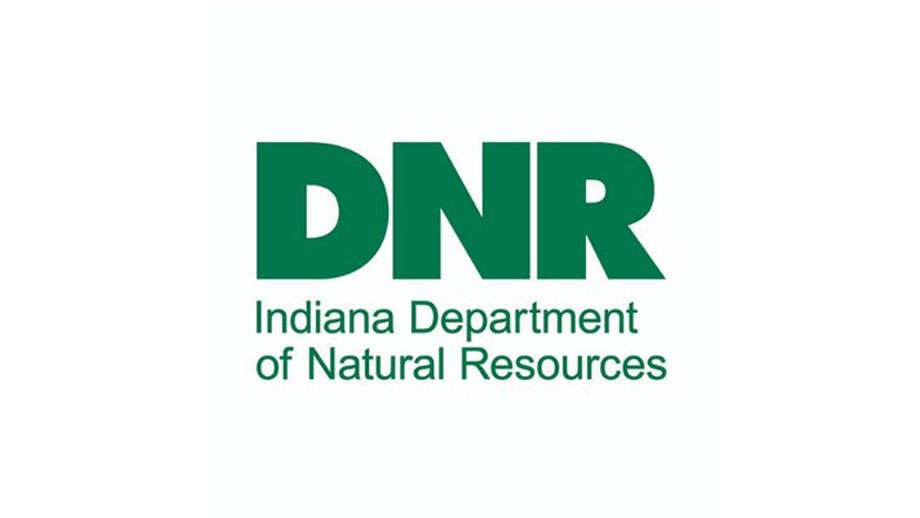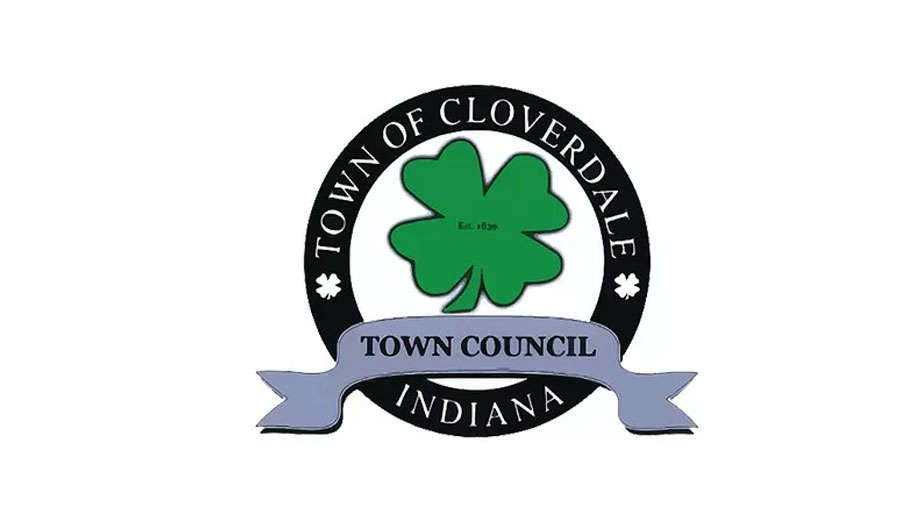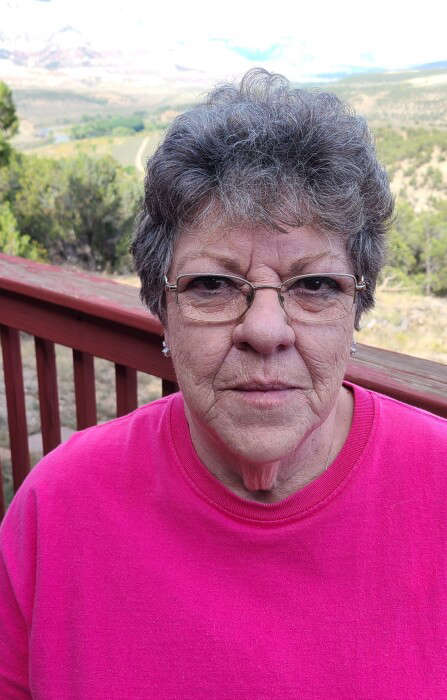
Some 36% of Putnam County households could not afford a basic household budget in 2023. That’s 5,010 households – an 8% increase since 2018.
Statewide, 38% of households – more than 1 million households – faced financial hardship in 2023. Further, 29% of workers in Indiana’s 20 most common jobs lived in households that struggled to get by, yet they often earned an income that was too high to receive assistance. That’s more than one in four workers.
These figures were released Monday by Indiana United Ways and United Way of Central Indiana, in collaboration with research partner United for ALICE, as part of a new report: “The State of ALICE in Indiana: 2025 Update on Financial Hardship.”
The report examines households that are in poverty or are considered ALICE, an acronym for Asset Limited, Income Constrained, Employed. ALICE households earn above the Federal Poverty Level but not enough to afford the basics of housing, child care, food, transportation, health care and technology. ALICE represents a growing number of workers who keep our economy functioning: child care providers, nursing assistants, food service workers, cashiers, personal care aides.
While the Federal Poverty Level has long been used as the basis for determining eligibility for public assistance, the ALICE report shows this official measure is outdated and “sharply underestimates” the true extent of financial hardship in the U.S.
For example, 12% of Hoosier households earned below the Federal Poverty Level in 2023, but an additional 26% – more than twice as many – still could not afford basic expenses. Yet these households often earn too much to qualify for assistance. ALICE families often face impossible choices, such as whether to pay for utilities or a car repair, buy food or fill a prescription.
According to the ALICE report, the minimum cost for a single adult to live and work in Indiana in 2023 was $27,696, and it was $74,376 for a family of four with two adults, an infant and a preschooler – much higher than the Federal Poverty Level figures of $14,580 for an individual and $30,000 for a family of four. The ALICE report calculates the basic cost of living for every county in Indiana.
The report shows there's an economic impact of meeting basic needs: If all Hoosier households in 2023 had earned enough to afford basic costs, that would have yielded an estimated $25.7 billion in new economic activity through tax revenue and more consumer spending.
"ALICE are people who get up every day and go to jobs that we, in society, rely on daily. They are the child care providers, grocery store clerks, warehouse workers — the backbone of our community and vital to our state’s economic well-being. Yet most of these families struggle to afford basics due to barriers beyond their control," said Denise Luster, United Way of Central Indiana’s chief strategic intelligence and information officer. "The ALICE report gives a voice to those families by providing a true picture of need, why so many households are struggling — and an opportunity for us to support families so they can thrive."
“The 43 United Ways across the state of Indiana uplift families and individuals facing the financial hardships highlighted in the ALICE report by creating networks of support that meet their most basic needs, providing training in financial literacy, enabling them to upskill and earn more, preparing their taxes for free, and providing direct supports to prevent financial crisis,” said Michael Budd, president and CEO of Indiana United Ways. “The ALICE report covers all 92 Indiana counties, and it shows the financial struggles faced by families living in every type of community – urban, suburban and rural. Consistent with United Way’s mission to mobilize communities to action so all can thrive, United Ways will continue to promote efforts in every community where neighbors are helping neighbors day in and day out.”
In United Way of Central Indiana’s seven-county service area — Boone, Hamilton, Hancock, Hendricks, Marion, Morgan and Putnam counties — ALICE and poverty remain widespread and deeply inequitable:
-
More than 34% of Central Indiana households were in poverty or considered ALICE in 2023. That’s more than 241,000 households – over one in three Central Indiana households.
-
This region represents 23% of all ALICE and poverty-level households in Indiana, underscoring its critical role in statewide financial stability efforts.
-
Marion County faces the greatest concentration of hardship, with 38% of households living below the ALICE Threshold.
-
Racial disparities continue to persist with 49% of Black households and 41% of Hispanic households in the region being in poverty or ALICE.
Key statewide findings from the report include:
-
Households headed by single women had the highest rate of financial hardship in Indiana at 73% in 2023.
-
14 of the 20 most common jobs in Indiana pay less than $20 per hour, including essential roles like child care workers, personal care aides and cashiers.
-
Black households, households under age 25, and single-parent households had the highest rates below the ALICE threshold in Indiana in 2023. Only 31% of Hoosier households in poverty or considered ALICE reported having a rainy-day fund for emergencies.
-
In 2023, a staggering 72% of ALICE renters were rent-burdened, meaning they spent more than 30% of their income on rent and utilities, including 43% who spent half or more of their income on housing.
To read the report and dive into statewide and county-specific data, go to UnitedForALICE.org/Indiana.
For more information and interview requests about ALICE data in your community, please contact your local United Way.


 Local business owner 'frustrated' with continued construction
Local business owner 'frustrated' with continued construction
 DNR receives regional award for project on former mine land near Pleasantville
DNR receives regional award for project on former mine land near Pleasantville
 Cloverdale continues to chase light at the end of the tunnel with CSX
Cloverdale continues to chase light at the end of the tunnel with CSX
 ISP shopping safety tips
ISP shopping safety tips
 Putnam County’s 2026 Lilly Endowment Community Scholar is Greencastle’s Bailey Boggess
Putnam County’s 2026 Lilly Endowment Community Scholar is Greencastle’s Bailey Boggess
 BMV announces Christmas and New Year's Day holiday hours
BMV announces Christmas and New Year's Day holiday hours




